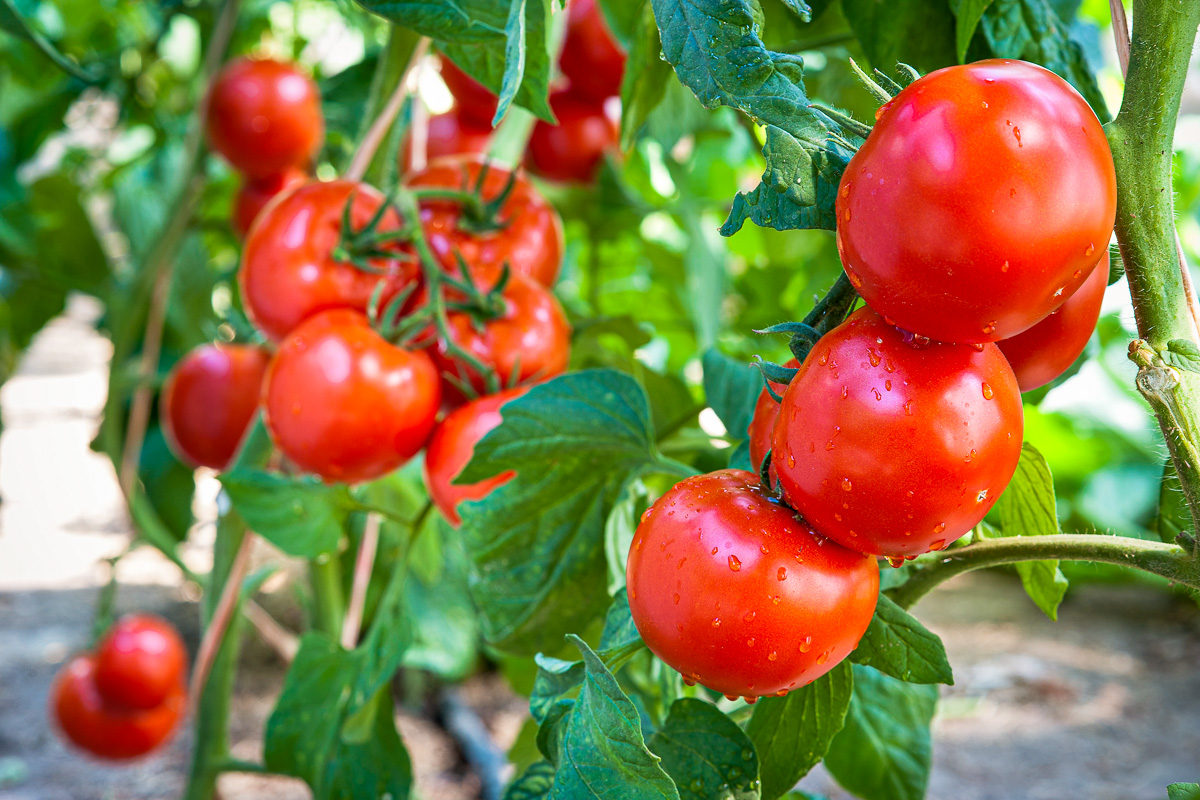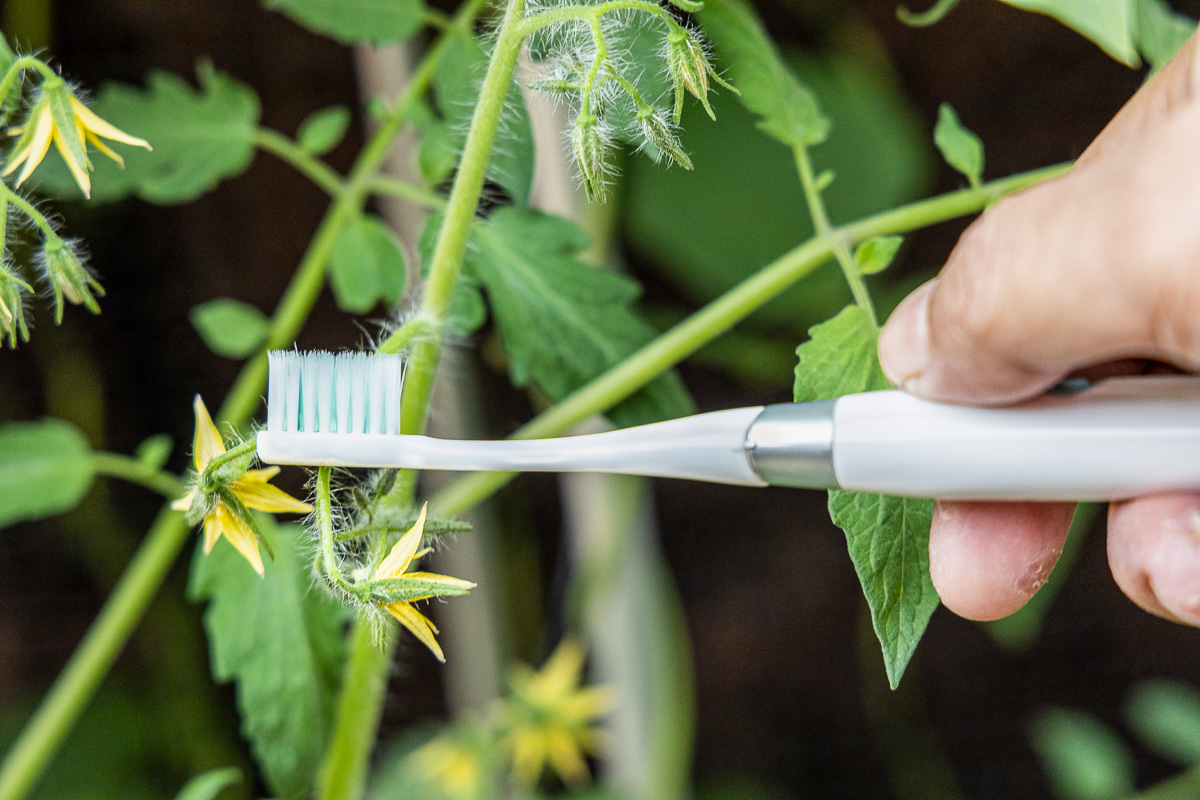6 Easy to Grow Veggies for First Time Gardeners
Thinking of starting a vegetable garden, this is your sign to go for it! Not sure what to plant to be successful? Read here to find 6 easy to grow veggies.
As tomato plants start to mature several weeks after planting, they produce small yellow flowers that are followed by tiny green berries that eventually grow and ripen into the juicy red orbs that make tomatoes America’s most popular home garden crop.
At least that’s what’s supposed to happen.
When fruits don’t appear – or when yellow flowers aren’t even growing in the first place – disappointed gardeners wonder what went wrong. Although a variety of factors can contribute to non-yielding tomatoes, heat is the most common cause during the summer months.
Tomatoes “set” fruit best when daytime temperatures are in the 70- to 85-degree range and nights are between 55 and 70 degrees. They do this by transferring pollen from the stamens of male flower parts to the pistils of female ones. That fertilizes the pistils and triggers the growth of fruit.
When temperatures top 86 degrees and rise into the 90s or more in summer, tomato pollen becomes less viable or altogether infertile. The result is that the yellow flowers drop off the fruiting stems without leaving a tiny fruit behind. This problem, called “blossom drop,” can also happen when the weather is too cold. You might see early flowers, but young fruits don’t follow until daytime temperatures reach 70 degrees and nighttime lows don’t go below about 55 degrees.
Some research has shown that shading plants can reduce temperatures a few degrees in a hot summer spell – enough to help in borderline situations. Shade cloth or similar sun-blockers that reduce light by about 30 percent are ideal.
Otherwise, the solution is to wait for a cool-down and let the plants naturally solve the problem. In warm climates, choose heat-resistant varieties and time tomato-planting so the plants mature in cooler weather.

Bright red tomatoes | Fotokostic / iStock / via Getty Images
Tomatoes are self-pollinators that transfer pollen mainly via wind and the vibrating action of visiting bees, especially native bumble bees. In other words, you don’t need “male” or “female” tomatoes as with some fruiting trees and shrubs. But even when pollen is viable, a lack of wind or bees can limit successful pollination.
To help spread pollen when the weather has been calm, try gently shaking flowering plants to move the pollen manually. To encourage bees, avoid insecticides and plant a diversity of blooming plants, including native plants that bloom throughout the growing season. Another option is to transfer pollen yourself by using a paintbrush or toothbrush to dab pollen from one flower to the next.
A few other occasional causes of blossom drop include drought stress, excessive humidity, and plants that are “self-thinning” from too-heavy flower production. Counteract these by keeping the soil damp, spacing adequately between plants, and mulching the ground underneath with a couple of inches of straw, pine needles, or chopped leaves.

Transfer pollen manually with a toothbrush | ThamKC / iStock / via Getty Images
If flowers aren’t forming at all, the problem could be a nutrient imbalance in the soil. Excess amounts of nitrogen can encourage lots of leaf growth at the expense of fruiting.
Cut back if you’ve been heavily fertilizing with a high-nitrogen fertilizer, and look instead for tomato-geared fertilizers that are generally higher in phosphorus and potassium (the last two numbers on the three-digit fertilizer-bag labels).
Avoid nitrogen altogether if you’re using high-nitrogen lawn fertilizers nearby that could be leaching into the tomato garden or if the bed was recently converted from the lawn. A soil test can help identify nutrient problems.